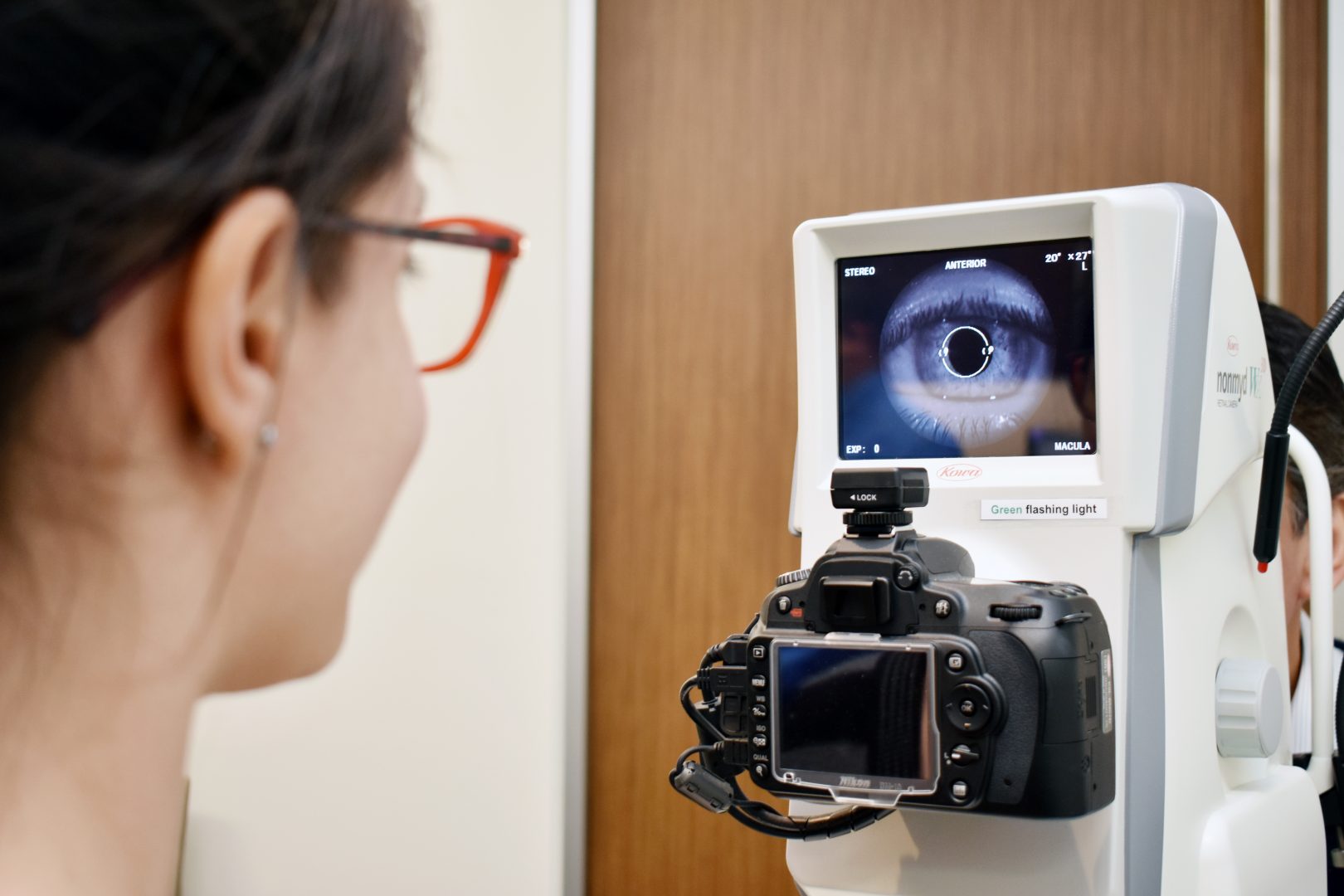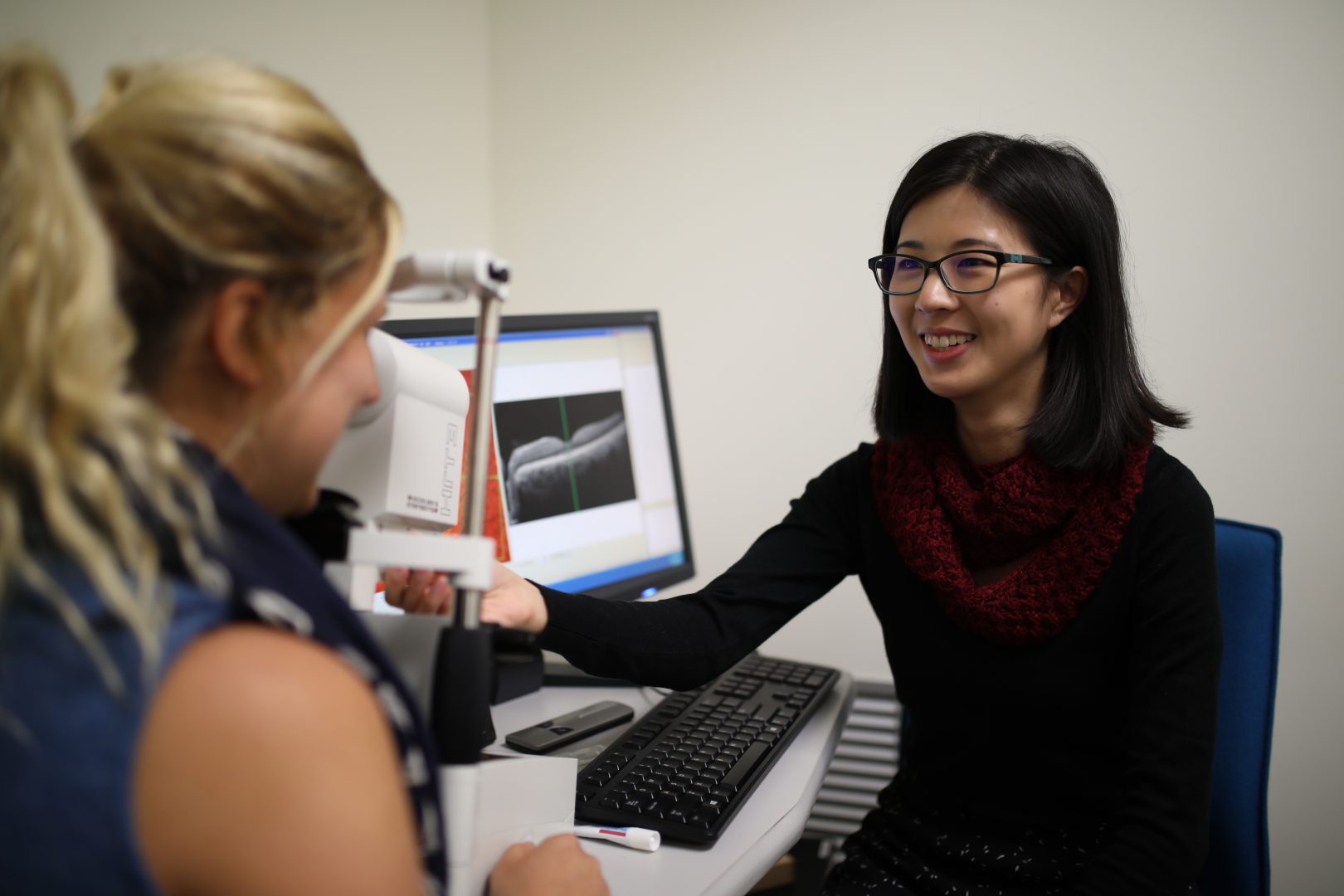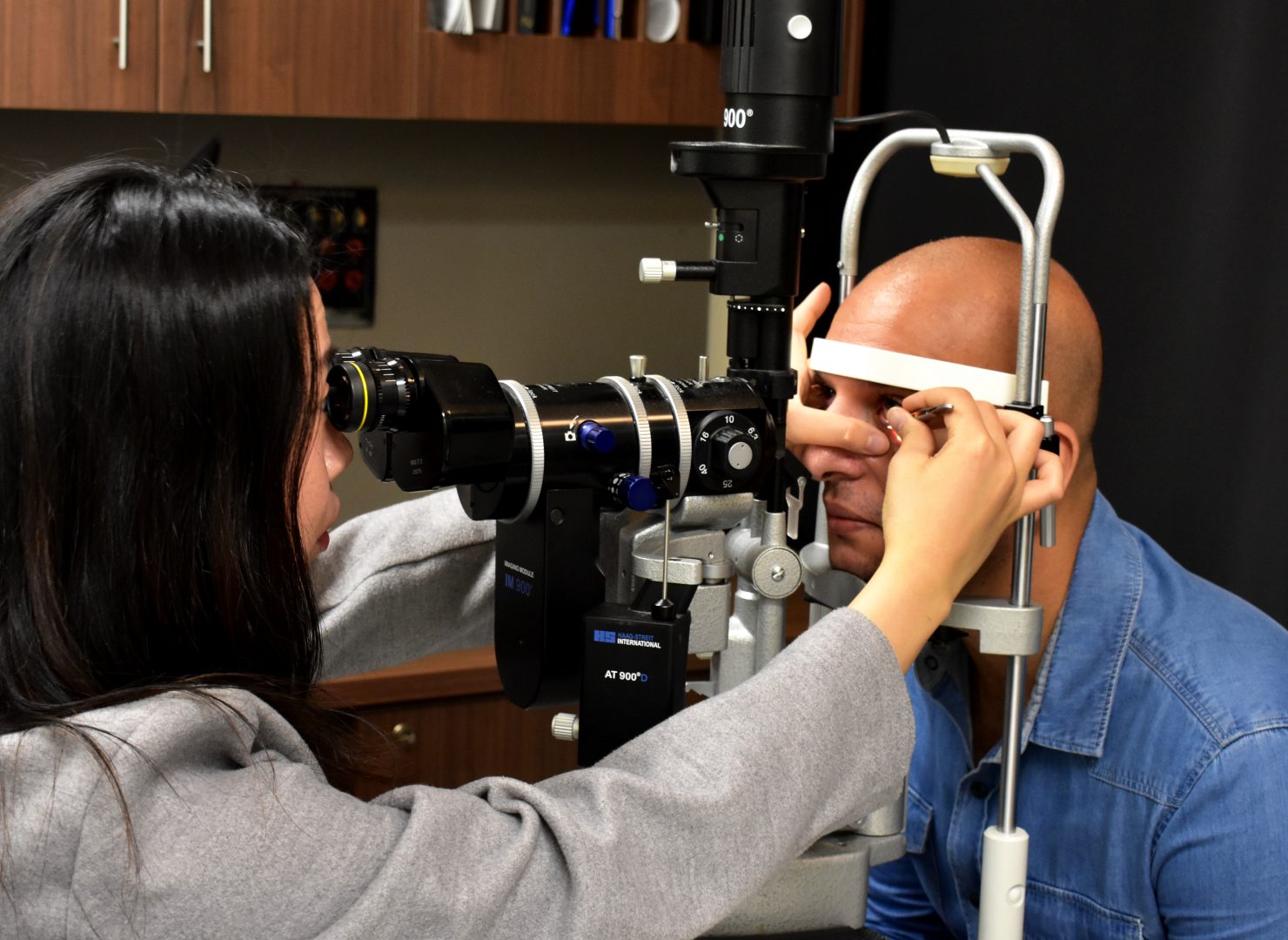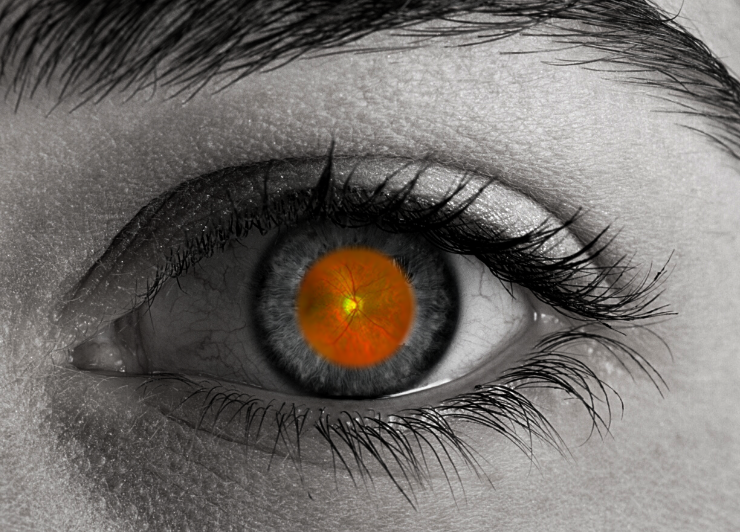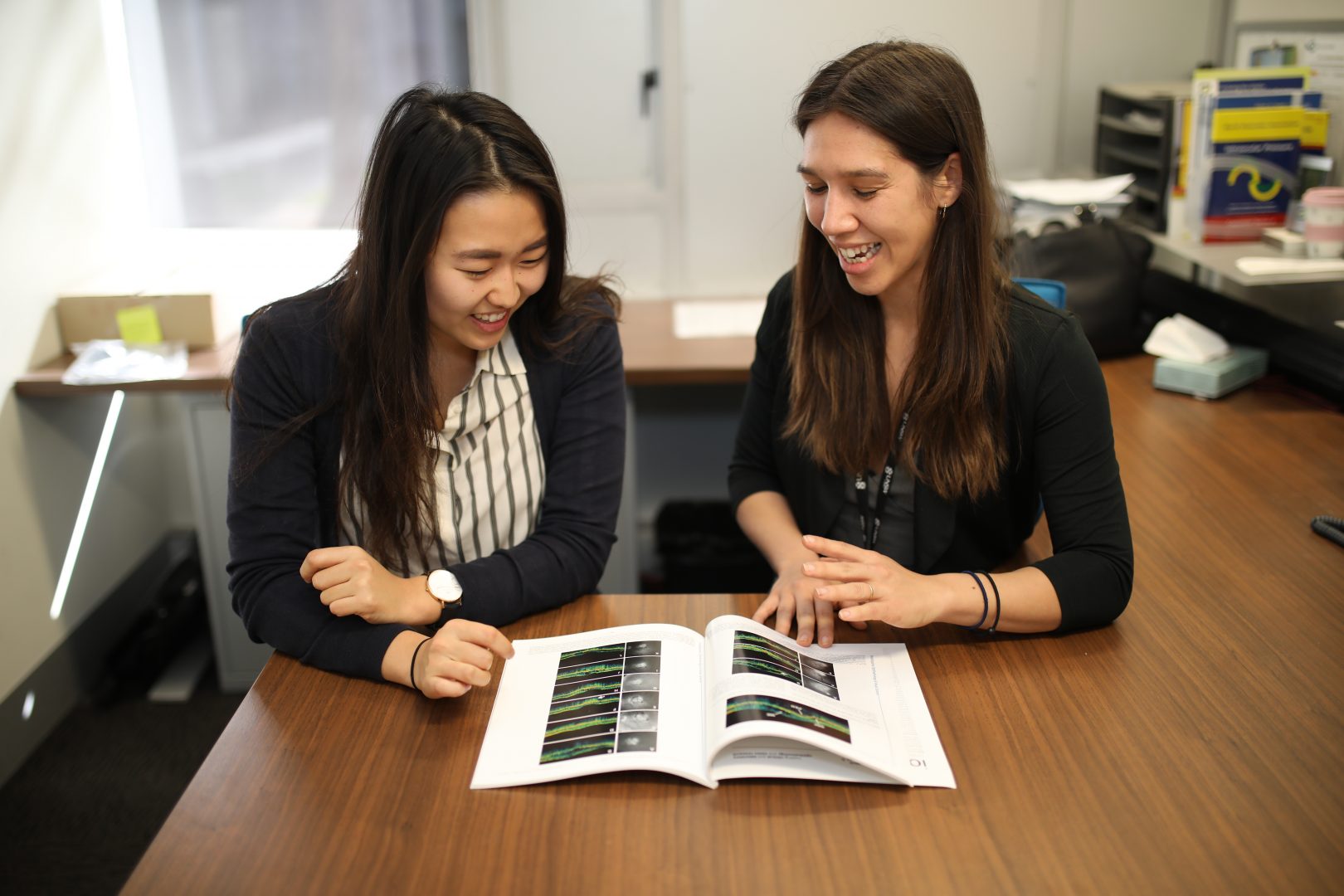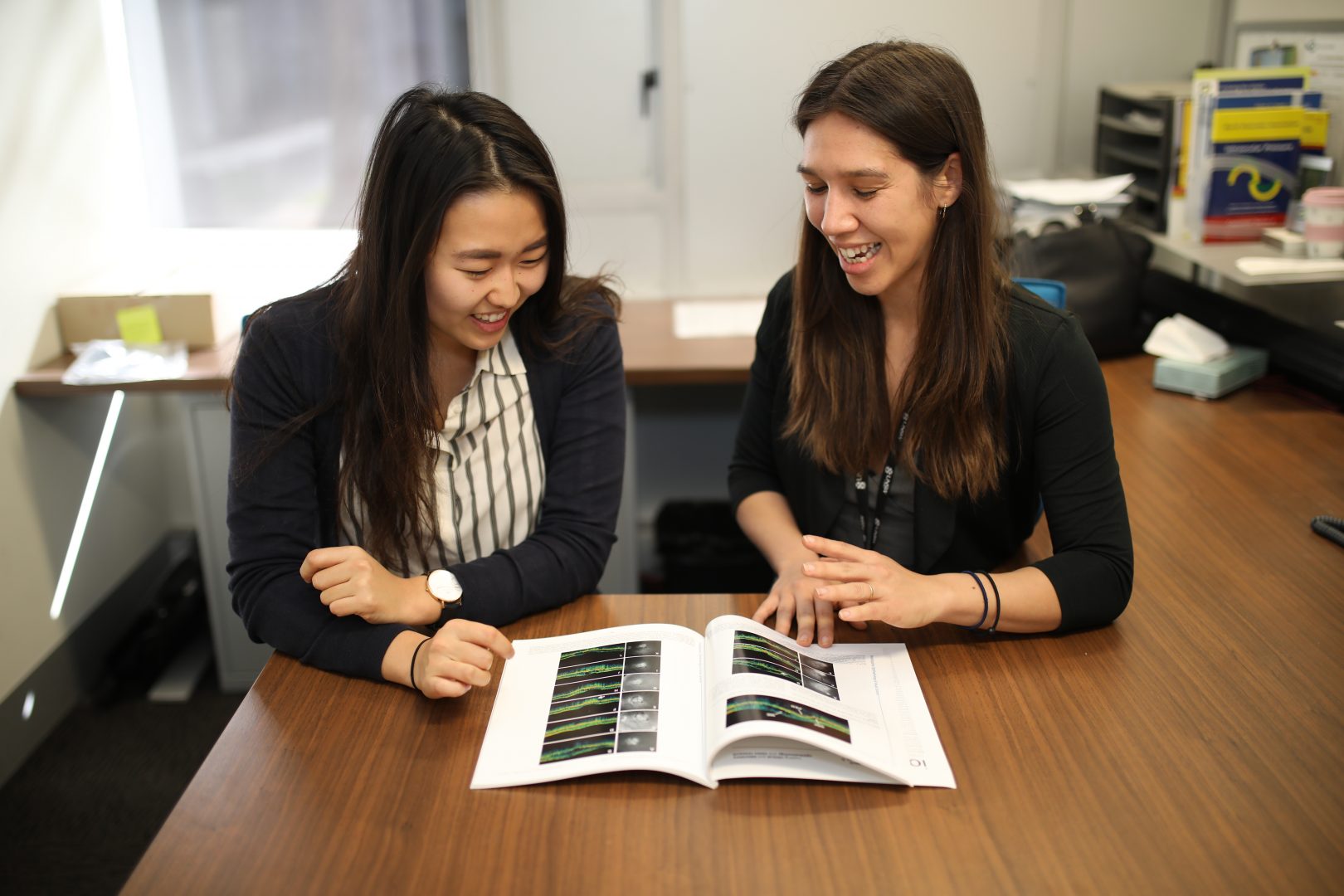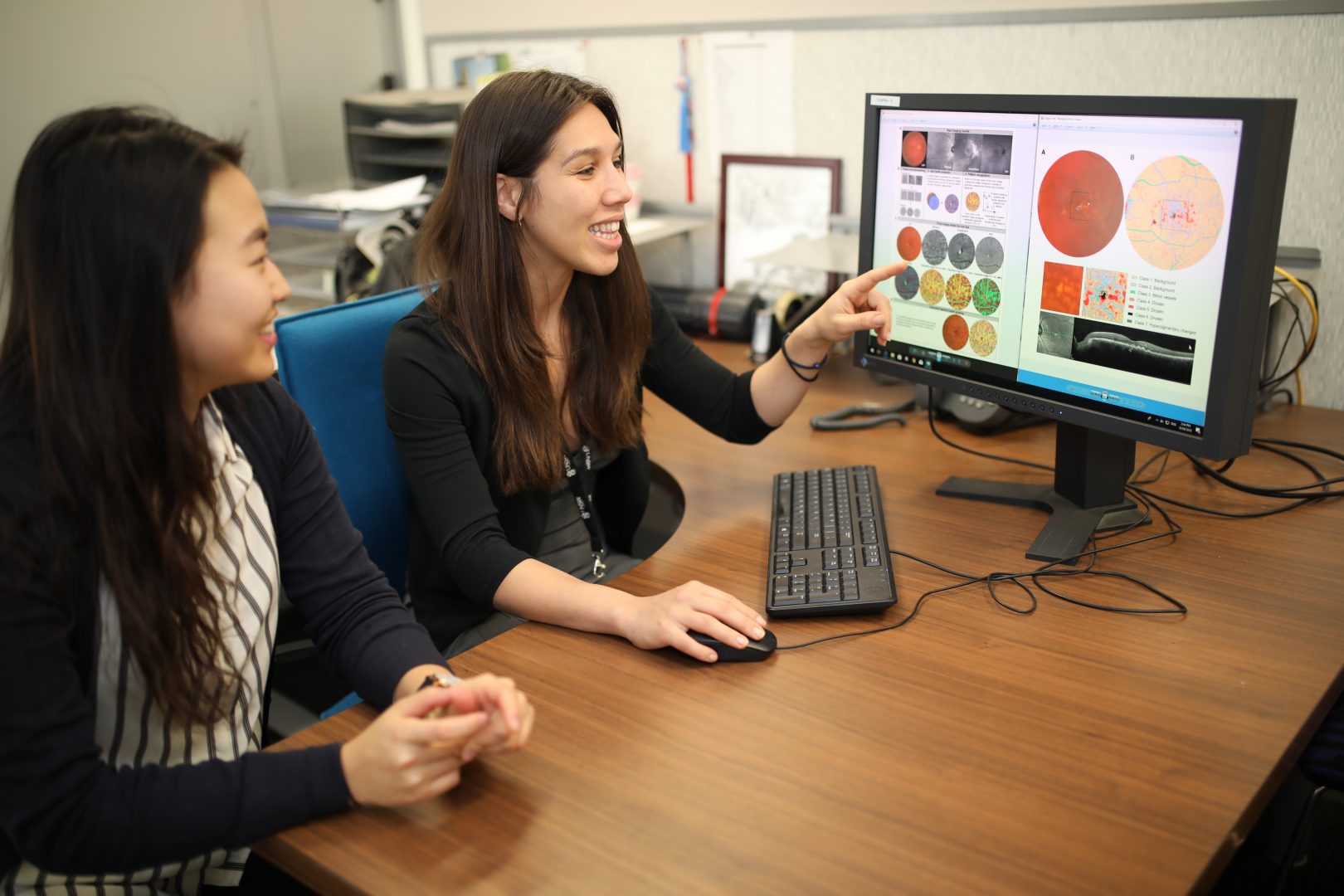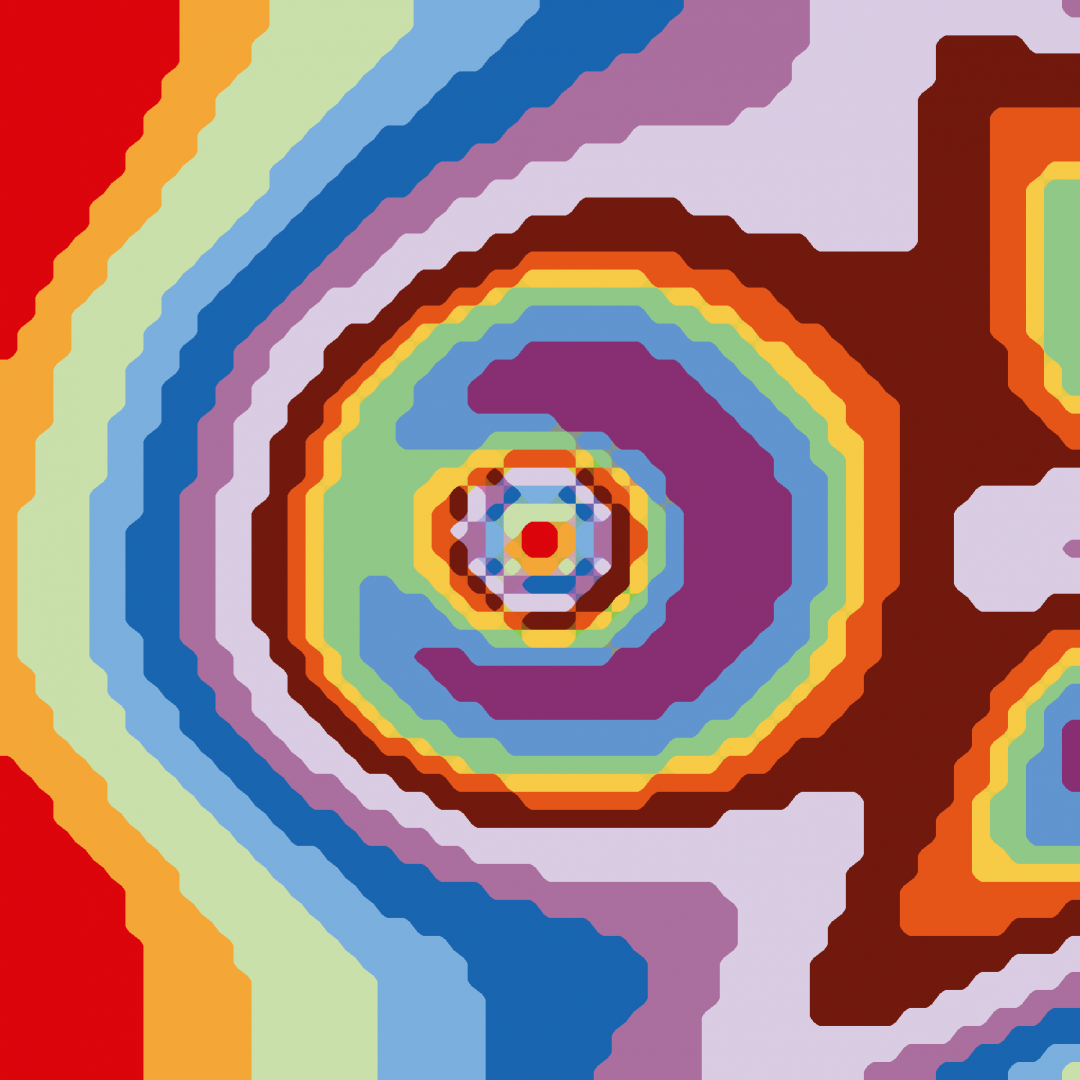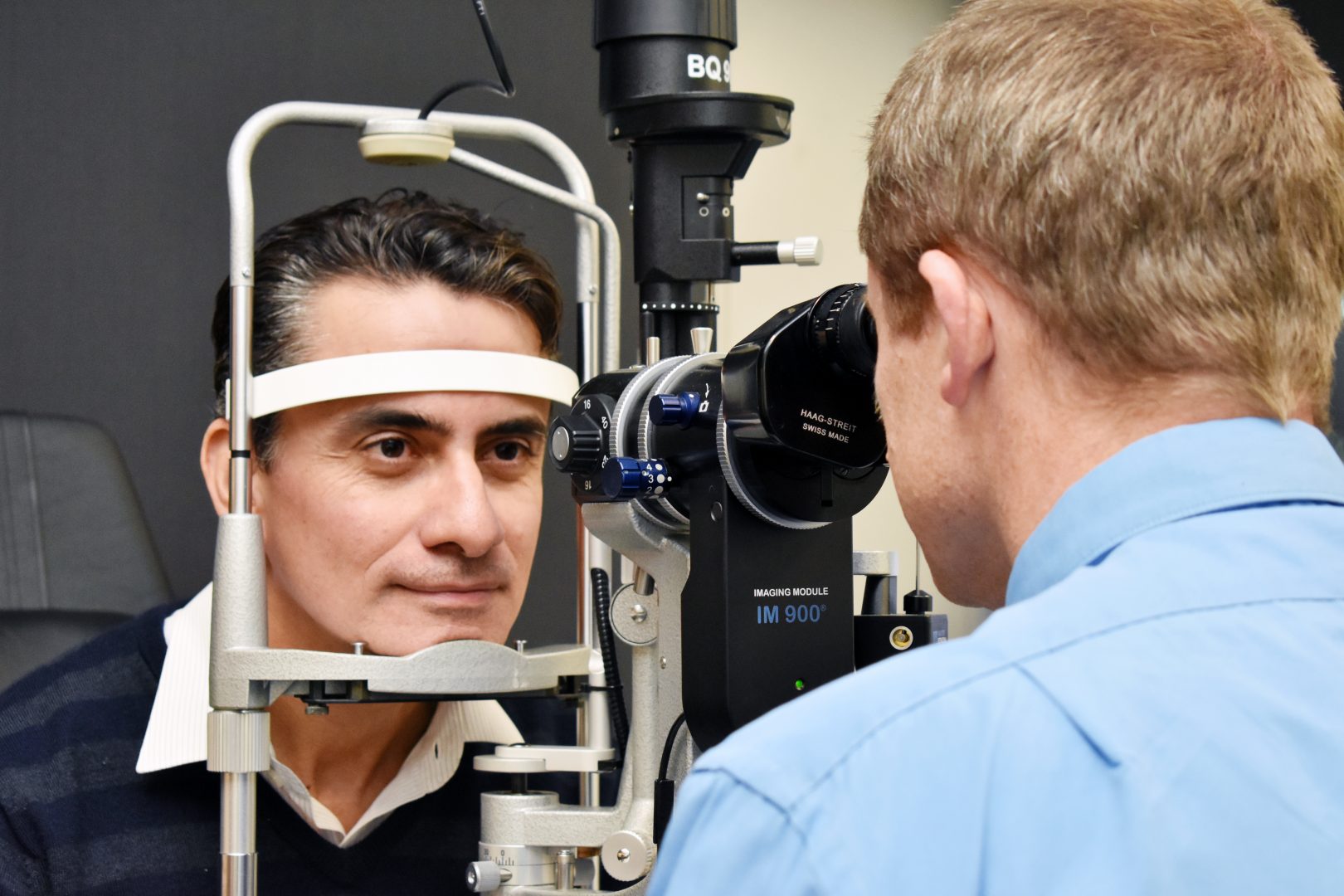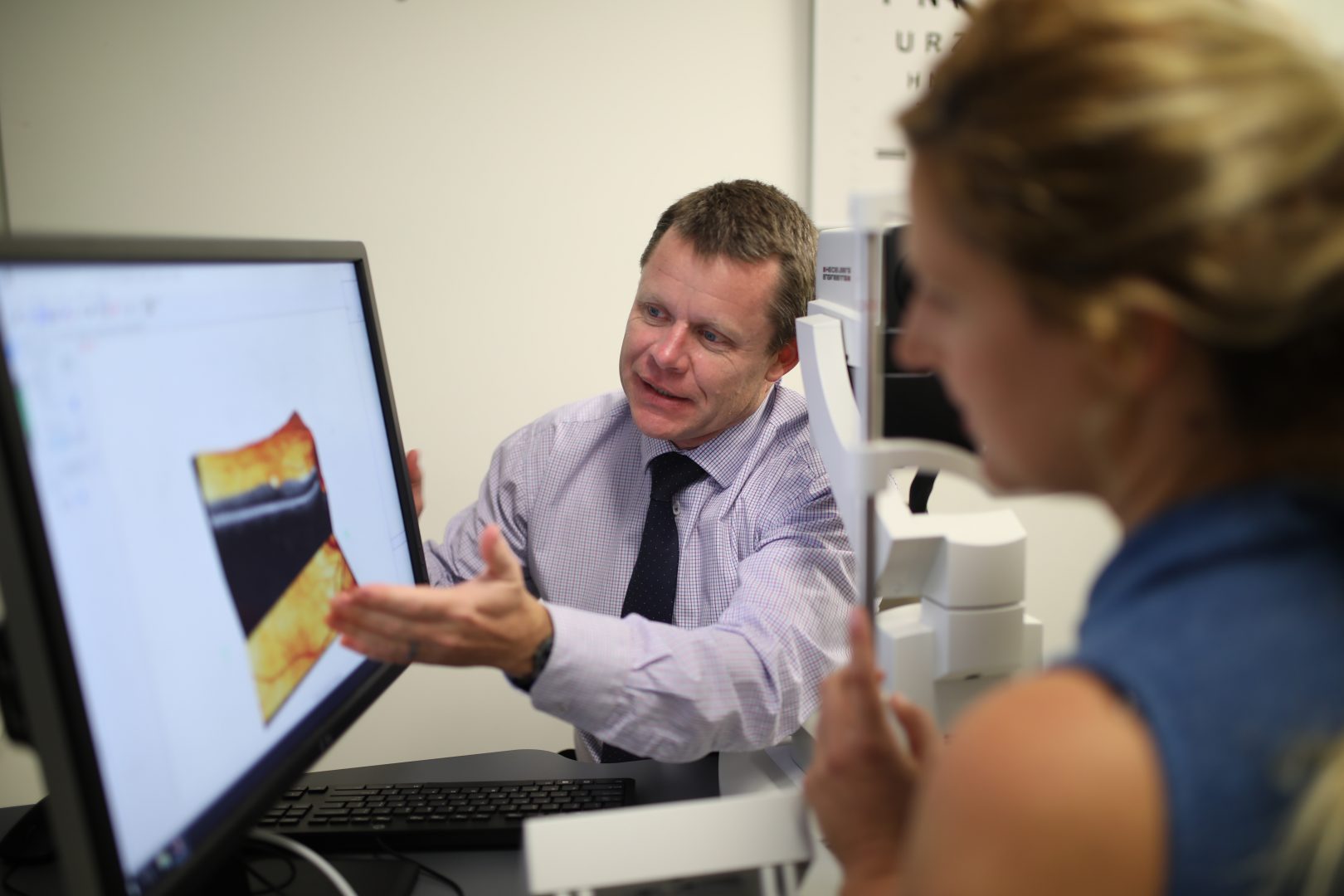
- Refer a Patient
- Referral Types
- Patient Information
- Overview of CFEH Clinics
- CFEH Instrument List
- Our clinical team
- Causes of Vision Loss
- Patient Forms

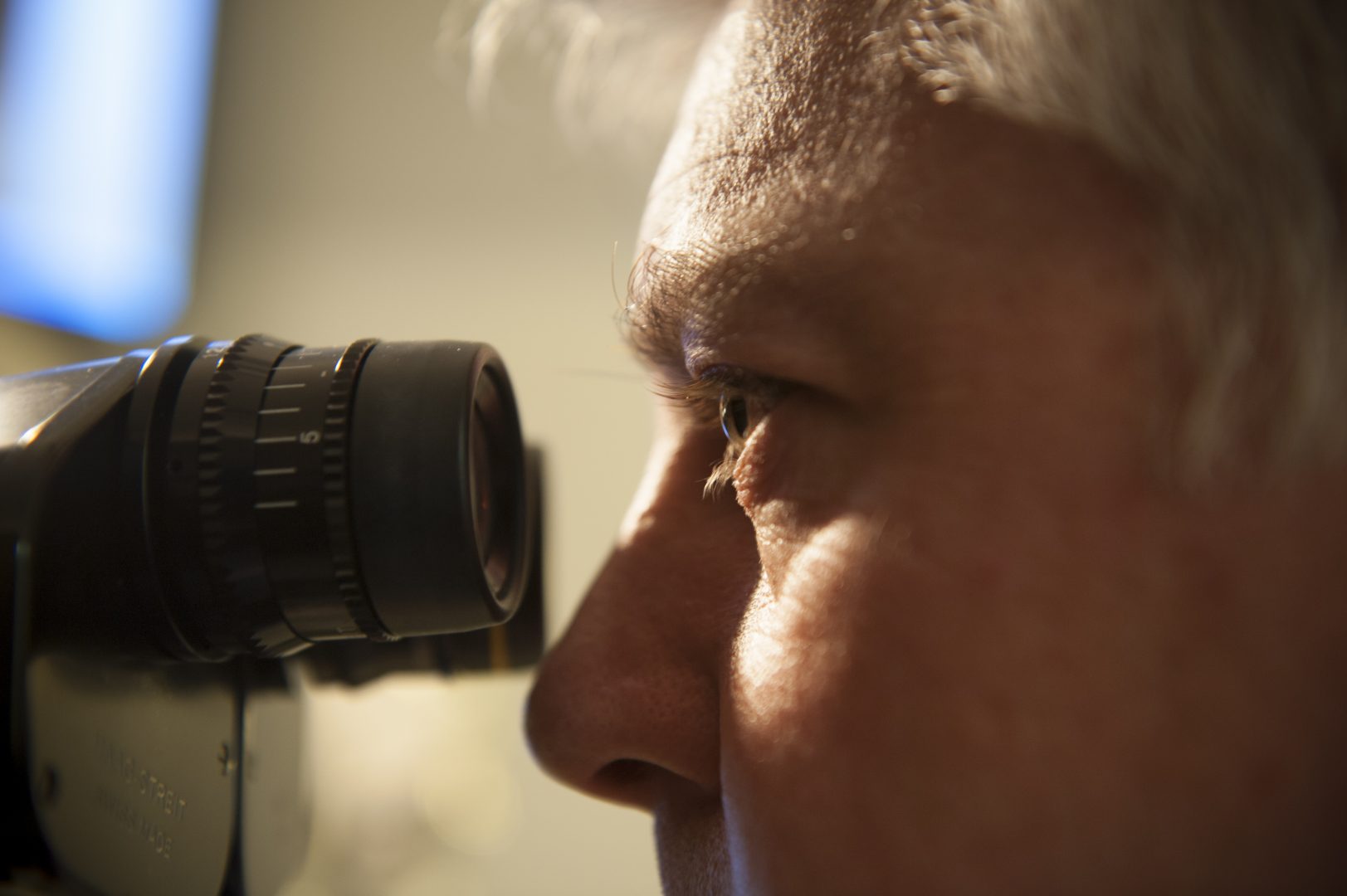
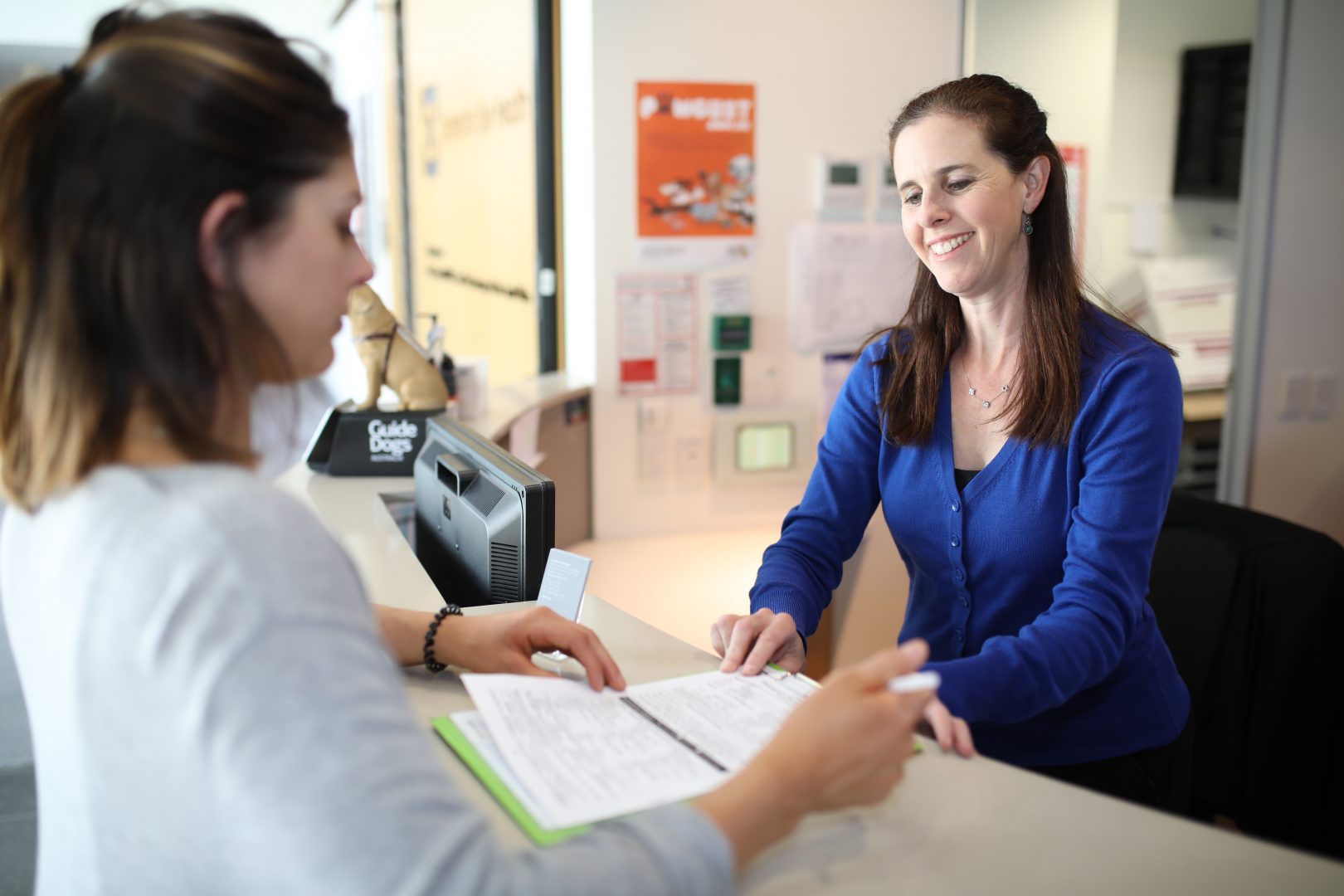



What is residual vision?
Residual vision is a term used to describe the remaining sight of a person who is experiencing vision loss. Residual vision is an important concept to understand; although you may be experiencing vision loss there are ways to assess what vision you have remaining and there are techniques you may learn to make the most of your remaining vision. Sometimes residual vision is referred to as ‘functional’ vision.
How do I identify what vision I have remaining?
The best way to identify your residual vision is to have a low vision assessment, generally done by a low vison orthoptist. They will help you understand your level of vision and options to make the most of the vision you have.
Making the most of your vision
There are many ways to make the most of your vision including learning new visual techniques to using low vision aids such as magnifiers or other digital aids. Here are some tips.
Using peripheral vision
If you have central vision loss from conditions affecting the macula, you may find it useful to learn techniques to make the most of your peripheral vision.
Peripheral vision refers to what you can see to each side or up and down without moving your head, or everything that you can see without directly looking at it.
If you’ve ever seen something “out of the corner of your eye,” you’re talking about your peripheral vision. Indirect vision is another term for peripheral vision.
Peripheral vision is usually ‘sharper’ in lower light conditions, so sometimes wearing sunglasses when outside can help you use your peripheral vision more easily.
Some ideas to try
When watching TV you might find it useful to ‘fix’ your eyes on the edge of your television screen to better view the TV image using your peripheral vision.
When reading a letter try running your finger just a head of where you are reading, focusing on your finger rather than the words and use your peripheral vision to see the words.
A low vision orthoptist can show you all these techniques in person and support you with learning to make the most of your peripheral vision.
Scanning techniques
Scanning techniques involving using your eyes to ‘scan’ your surroundings to pick up as much visual information as you can. Below are the recommended techniques to try while wearing any glasses you have been prescribed.
-
Horizontal Scanning:
Moving your eyes in left-to-right patterns can be used for tasks like reading or doing crossword puzzles. This technique can also be helpful if you had a stroke or eye injury that affected your peripheral vision. Start at the upper left of the area you’re scanning. Scan to the far right, and then slightly drop your gaze down. Then progressively move back to the left. Drop your gaze down again and scan to the far right. Repeat this technique until you have searched the entire area completely.
-
Vertical scanning:
Moving your eyes in up-and-down patterns can be used to locate things above and below you. Start at the upper left of the area you’re scanning. Search down, like you’re following an invisible vertical ruler. Slightly move your eyes to the right, and follow the invisible ruler back up. Repeat this technique until you have searched the entire area completely.
-
Distance scanning:
Move your head and eyes to search a specific area in the environment. Use landmarks to locate specific places like your bus stop. Use both horizontal and vertical scanning techniques when you are outside to fully survey the area.
-
Activities to Practice:
With practice, you’ll improve your visual scanning skills. Start by standing still in your living room or kitchen, for example, to practice visual scanning. After you are confident using search patterns, include movement: Walk around your home or community.
- Search a bookshelf for books using a low vision device, such as a lighted magnifier.
- Find food items on kitchen and pantry shelves.
- At the grocery store, read a nutrition label to find the amount of sugar in a food item.
- Read a prescription label to find the dosage.
- Complete crossword puzzles, or play Scrabble with family and friends.
- Put together a jigsaw puzzle.
- Play a card game putting the cards on a table.
- Read a restaurant menu to find sections or categories of different types of food.
- Read a train schedule to find out when the train departs.



